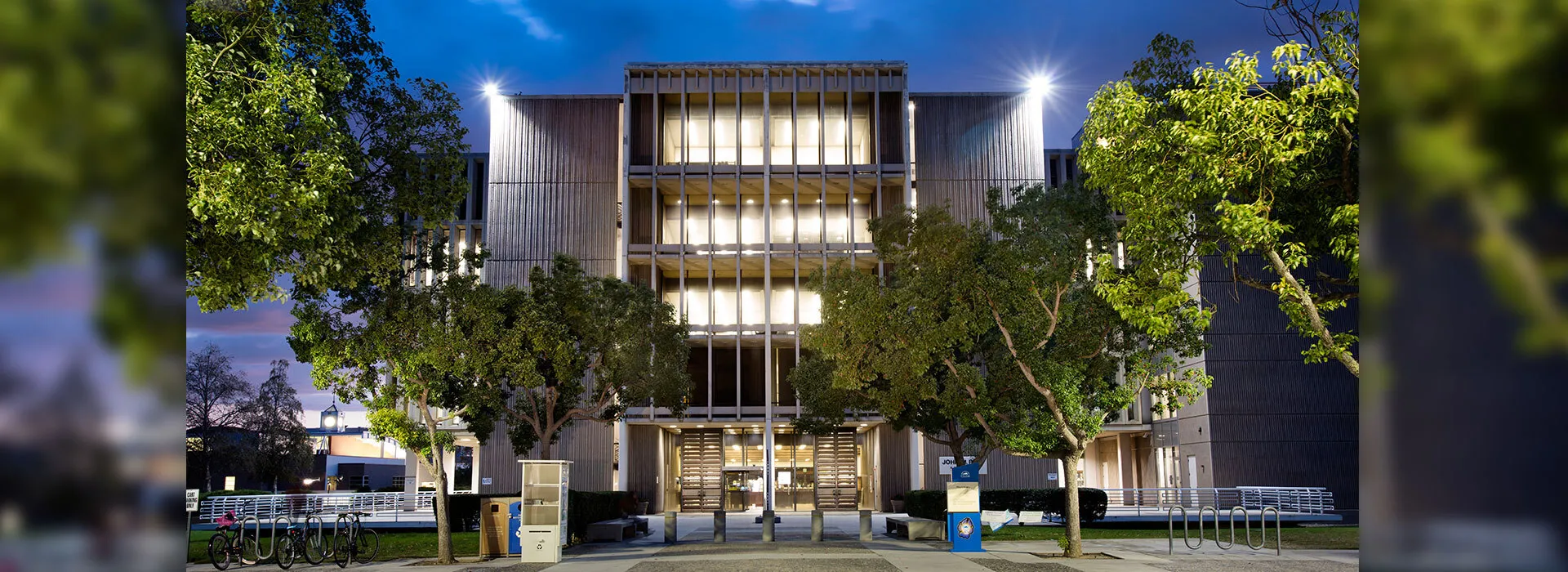
The CSUSB Anthropology Museum has announced a new curatorial project that aims to provide a safe environment for exploring and exploding intolerance.
The new exhibition will open in January 2018 and will present biographical sketches and intimate portraits of 40 Inland Empire (San Bernardino and Riverside counties) residents, with special attention to “concealed stories” narrating the role of difference in shaping experiences, opportunities, and identities. The curators of the exhibit are currently seeking submissions for consideration.
“The new exhibition is titled ‘In|Dignity’ – a double entendre simultaneously reading as a single word – ‘indignity’ – and two separate words – ‘in dignity,’” director of the Anthropology Museum and exhibition co-curator Arianna Huhn explains. “These two meanings capture precisely what the exhibition will explore: experiences with oppression, discrimination, and prejudice, and simultaneously the pride and self-respect that we must have for ourselves and for others facing such injustices.”
It is the curators’ hope that by sharing community members’ reflections and personal experiences that they can highlight both how far this country has come toward accepting each individual for who they are, and the gaps that remain.
“In collecting these stories, we offer our community the cathartic experience of sharing their hurt, anguish, frustration, despair, and hope,” says Annika Anderson, exhibition co-curator and assistant professor of sociology. “By presenting the stories and experiences of our neighbors, colleagues, and friends in their own words, we celebrate our community and refresh a sense of local pride, civic spirit, and belonging, while also inspiring visitors to be more empathetic – which is an important tool for reducing intolerance.”
The indignities considered in the exhibition will be wide-ranging – the curators aim to include individuals who have experienced all manners of microaggressions, discrimination, prejudice, oppression, or biases related to leading “non-normative” lives. The stories might include personal experiences with ableism, androcentrism, cisgenderism, Islamophobia, Eurocentrism, racism, heterosexism, educationalism, ageism, classism, colorism, size-ism, pro-natalism, and other axes of life outside of the societal “norm.”
“The stories will make clear both the persistence of inequalities and biased normative standards in our communities – often in subtle and unintentional ways -- and their impacts on individual lives,” says Anderson. “Each individual participant will first and foremost be presented as a person – not a statistic, a stereotype, or a token – sharing their narrative as a representative from one or more marginalized group, not as a representative of or for those groups.”
Anderson sums up the curatorial vision, “Telling and interacting with these stories is meant to inspire meaningful community conversations, and an emotional connection with one another that lends toward appreciation of the essential humanity that binds us all together. It is our hope that individual visitors will emerge from the experience with more empathy and insight for marginalized ‘others,’ and a pledge for making a difference in the community through open-mindedness and civic participation.”
The exhibition builds on the successes of the Anthropology Museum’s previous community narrative-based exhibition, Re|Collect (June 2016-March 2017), which features memories and mementos of 66 Inland Empire community members.
“I was pleasantly surprised when we opened Re|Collect,” remembers Huhn. “Visitors would really take the time to read through each narrative, which is something you don’t see too often in a museum. They had an emotional connection to the stories, and something happened. There was a recognition of common humanity. And it was magical. So we thought, what other stories can we tell using this method to help promote mutual understanding?”
The curators are urging Inland Empire community members to be the voice they want to hear, and to help build the community they want to live in by sharing their story with the community. Huhn explains, “In addition to seeking an inclusive group, we are looking for participants who can provide vivid descriptions and a self-reflection that speaks about personal experiences, but also beyond them, and who can offer a discerning and inspiring outlook that accounts for, but is not limited by, challenges.” Each participant should be able to speak about both indignities they have faced, and the dignity they have for themselves and the identity groups they are a part of.
Huhn clarifies that participants do not need to be persons of prominence. “The only criterion for participation is that a person has some connection to the Inland Empire – San Bernardino and Riverside counties. They do not need to have been born here, but they should work or live here.”
Anderson adds that stories shared with the curators need not be extraordinary. “The everyday, mundane experiences that people have with discrimination and prejudice are just as important to record here, and just as powerful to share, as are extraordinary events,” she said.
Interested community members are urged to contact Arianna Huhn at (909) 537-5505 or anthromuseum@csusb.edu at their earliest convenience to secure a spot in the exhibition. Interviews are being conducted on the CSUSB campus through May 2017. Accommodations for remote participation can also be arranged.
Community partnerships with individuals and organizations are also invited and encouraged. Funders are needed to support the development and fabrication of this exhibition.
The Anthropology Museum is located on the third floor of the Social and Behavioral Sciences Building on the main CSUSB campus.